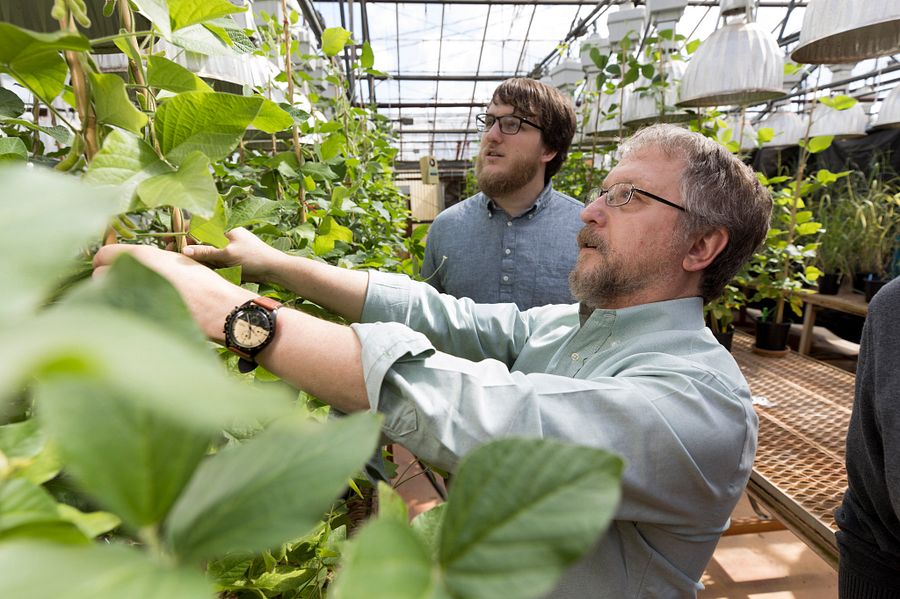 CAES News
CAES News
Plant Breeding Ph.D.s
Recent data shows that the University of Georgia College of Agricultural and Environmental Sciences produced the third-most plant-breeding Ph.D. graduates between 2015 and 2020. With over 80% of alumni employed at public or private institutions, the plant breeding, genetics and genomics Ph.D. program also ranked highly for its graduate employment rate.

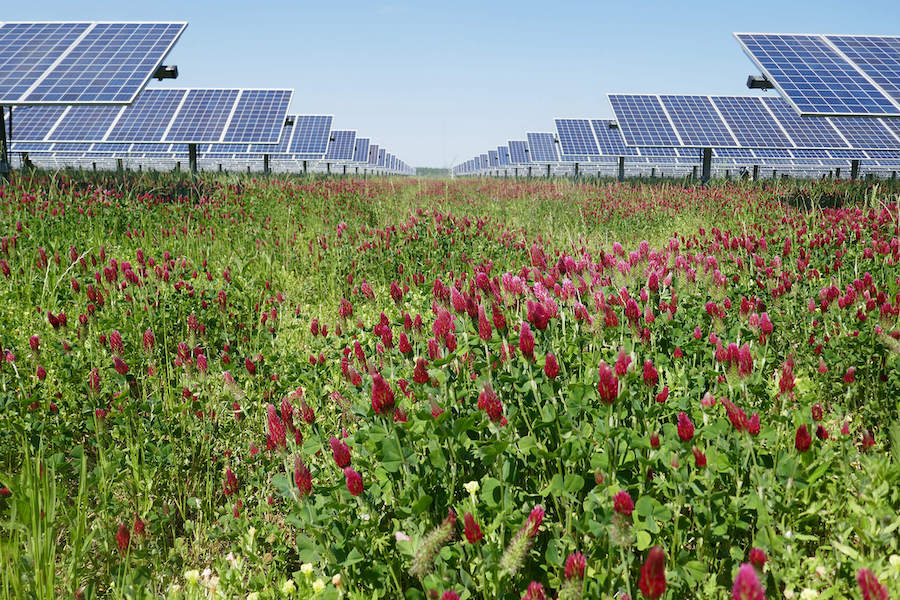
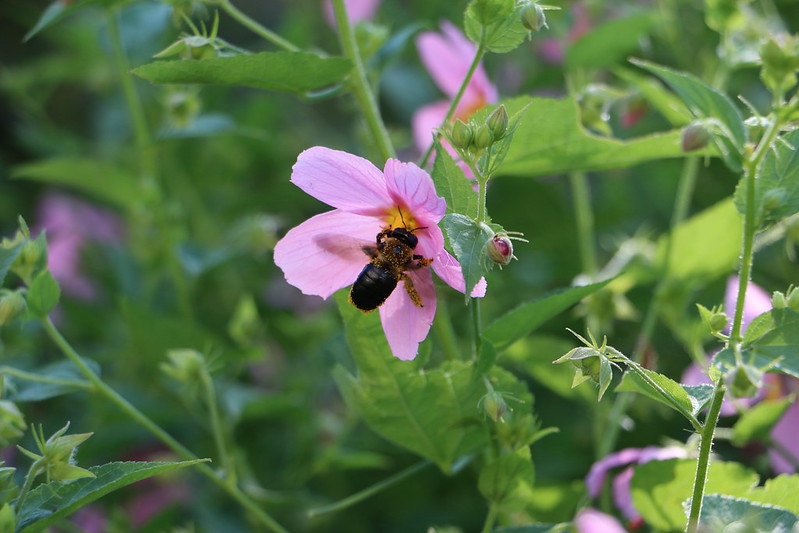
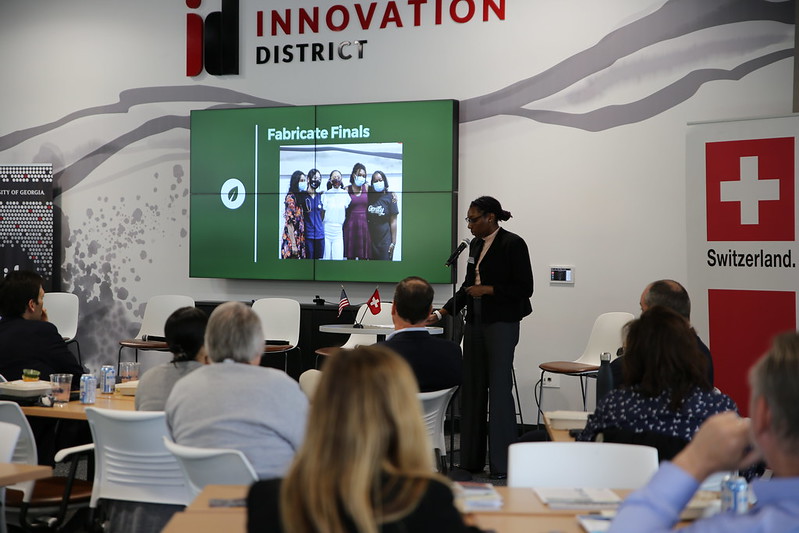
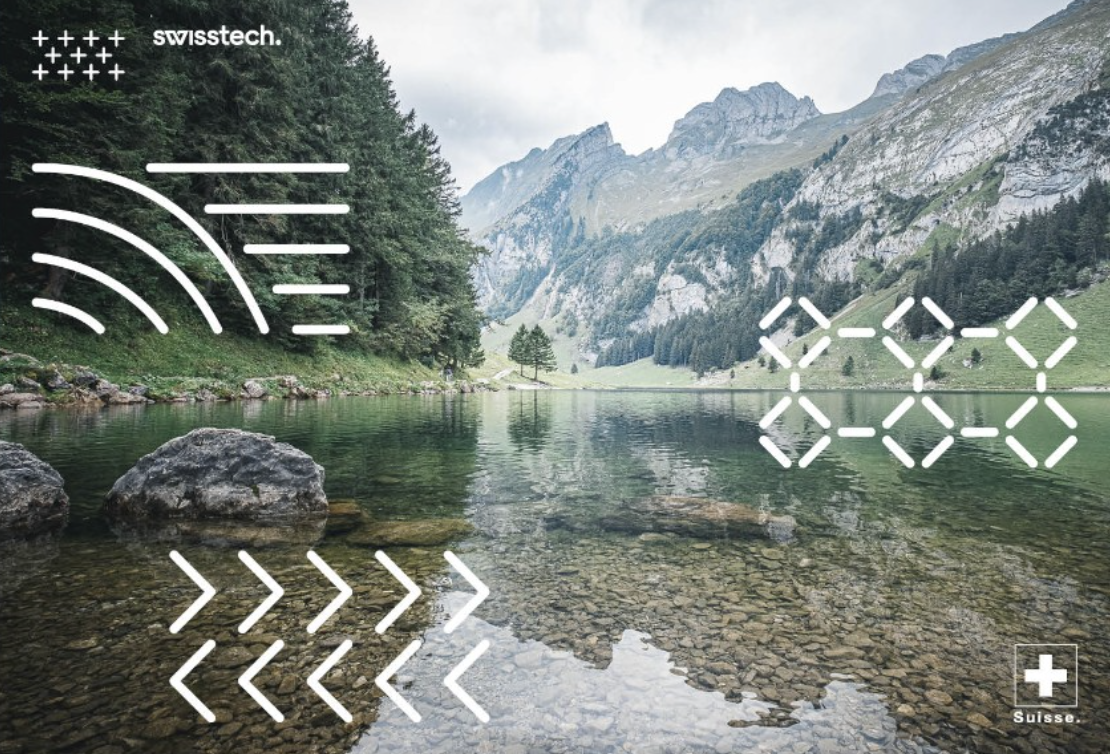
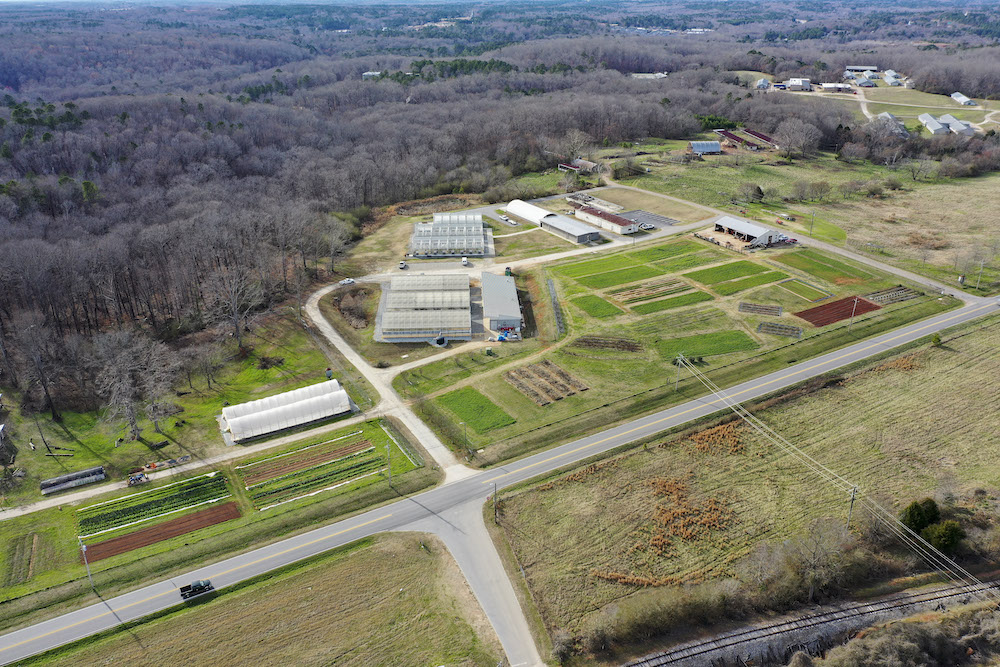
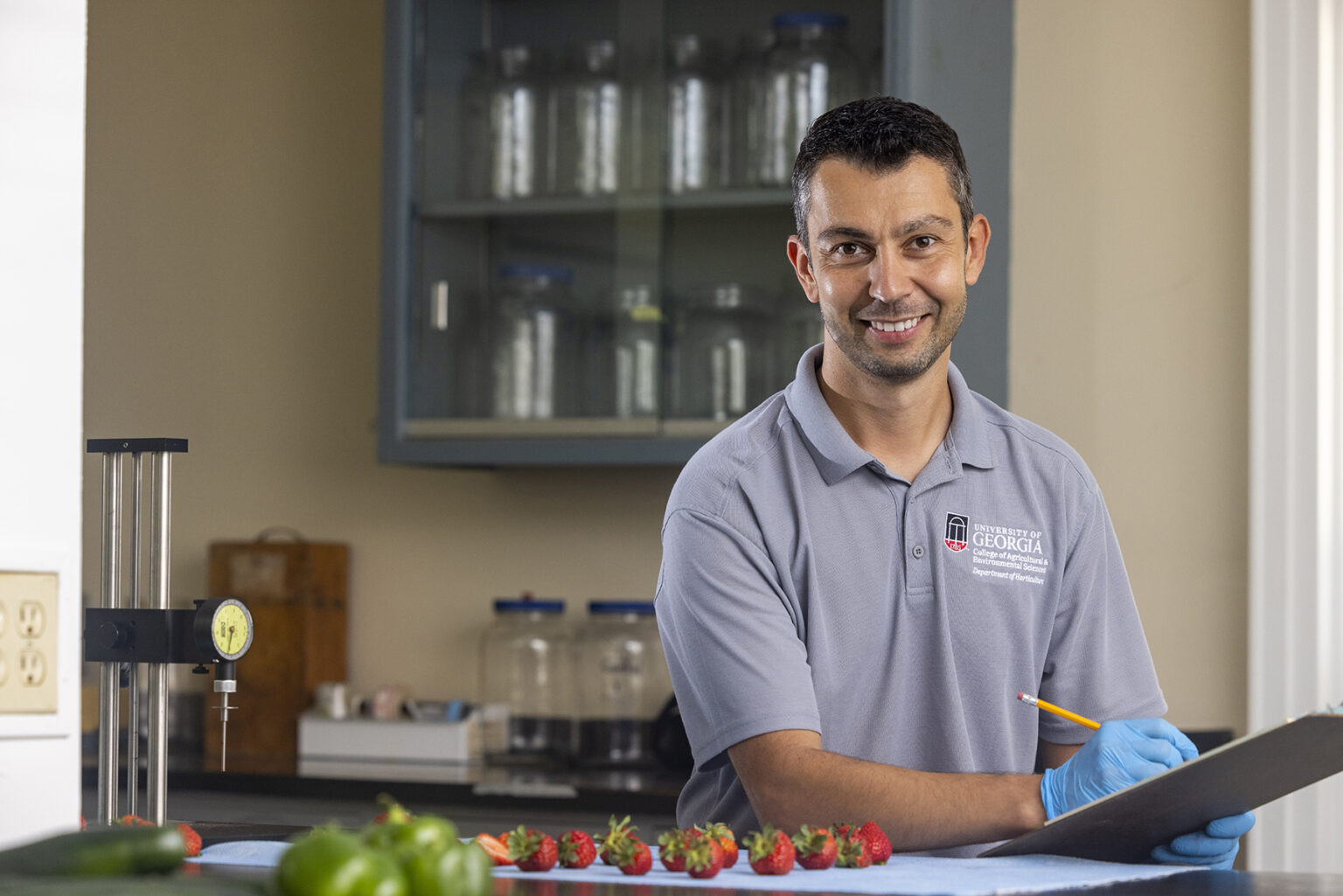
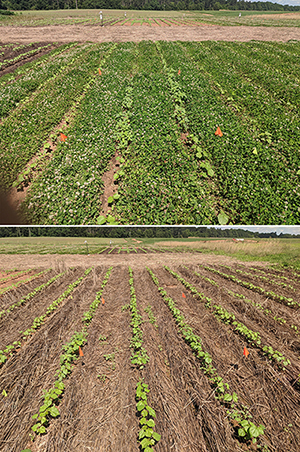
.jpg)
